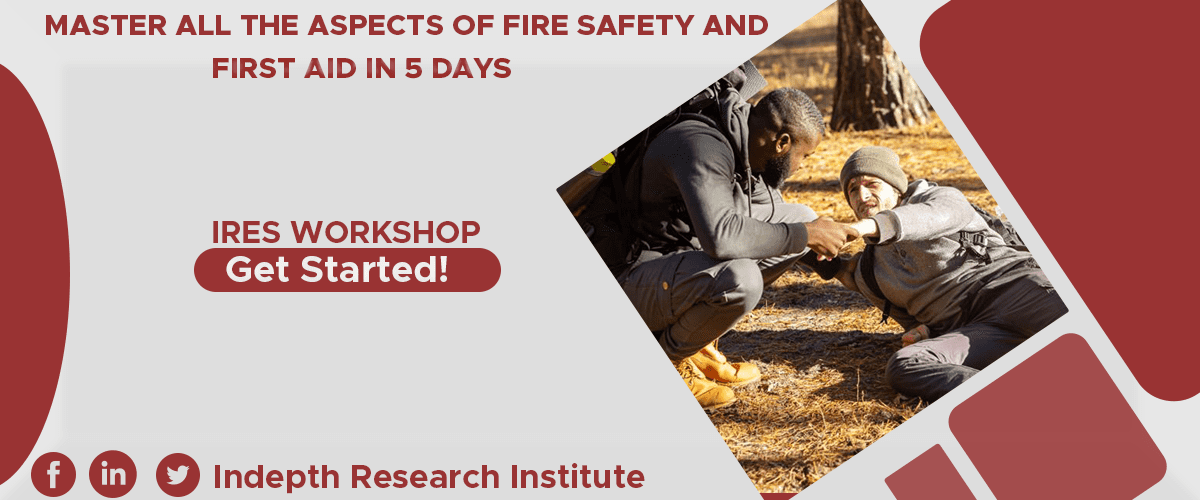Contents
- 1 Wilderness First Aid: Treating Injuries in Outdoor Environments
- 2 Understanding Wilderness Injuries
- 3 First Aid Techniques for Common Wilderness Injuries
- 4 Wilderness Survival Tips
- 5 Frequently Asked Questions (FAQs)
- 5.1 How can I prevent wilderness injuries in the first place?
- 5.2 What should I include in my wilderness first aid kit?
- 5.3 Is it necessary to take a wilderness first aid course?
- 5.4 How can I signal for help in the wilderness?
- 5.5 What’s the most common mistake people make in wilderness first aid?
- 5.6 How do I treat hypothermia in the wilderness?
- 5.7 Conclusion
Introduction
Welcome to our comprehensive guide on Wilderness First Aid: Treating Injuries in Outdoor Environments. While exploring the great outdoors is a thrilling adventure, it comes with inherent risks. However, knowing how to respond to injuries and emergencies in the wilderness can make the difference between a memorable trip and a disastrous one. In this article, we’ll walk you through essential techniques, provide valuable insights, and answer common questions about wilderness first aid. Moreover, we’ll ensure you’re well-prepared for your outdoor adventures.
Wilderness First Aid: Treating Injuries in Outdoor Environments
When you’re miles away from civilization, knowing how to treat injuries becomes crucial. Let’s dive into the world of wilderness first aid.
Whether you’re an experienced outdoors enthusiast or a novice hiker, accidents can happen. In remote locations, medical help might be hours away, making it vital to be prepared.
Here are some key principles to keep in mind:
First and foremost, stay calm and assess the situation.
Ensure your safety first, moreover, prioritize life-threatening injuries.
Don’t forget to pack your Wilderness First Aid Kit Essentials.
Understanding Wilderness Injuries
To provide effective first aid, it’s essential to understand the types of injuries you might encounter in the wilderness.
- Cuts, Scrapes, and Abrasions, for instance, can be quite common.
- Similarly, you may come across Sprains and Strains, which require specific attention.
- Additionally, being prepared for Fractures and Dislocations is crucial.
- Insect Bites and Stings can also be problematic.
- Moreover, you should know how to handle Hypothermia and Heat Exhaustion, as these are prevalent wilderness conditions.
- Each injury requires a specific approach, and we’ll cover these in detail in the subsequent sections.
First Aid Techniques for Common Wilderness Injuries
In this section, we’ll delve into the specific first aid techniques you should know for various wilderness injuries.
When dealing with Cuts and Scrapes, proper care is essential.
- Managing Sprains and Strains requires a different set of skills.
- Stabilizing Fractures and Dislocations is a critical first-aid task.
- Dealing with Insect Bites and Stings necessitates specific measures.
- Moreover, preventing and Treating Hypothermia and Heat Exhaustion is paramount for your safety.
Proper first aid can significantly improve the outcome of these injuries and ensure a safer wilderness experience.
Wilderness Survival Tips
Surviving in the wild goes beyond just first aid. Here are some essential wilderness survival tips to keep you safe:
- Firstly, master Navigation and Orienteering to avoid getting lost.
- Shelter Building is a fundamental skill to protect yourself from the elements.
- Finding Food and Water sources is crucial for long-term survival.
- Signaling for Help, in addition to knowing Wildlife Safety, is essential in emergencies.
These skills can be invaluable in emergencies and make your outdoor adventures more enjoyable.
Frequently Asked Questions (FAQs)
How can I prevent wilderness injuries in the first place?
Being prepared is the best prevention. Always pack essential gear, inform someone about your trip plans, and stay informed about the area you’re exploring.
What should I include in my wilderness first aid kit?
A basic kit should contain bandages, antiseptic wipes, pain relievers, adhesive tape, scissors, tweezers, and a first aid manual.
Is it necessary to take a wilderness first aid course?
While not mandatory, it’s highly recommended. A course will equip you with practical skills and confidence to handle emergencies.
How can I signal for help in the wilderness?
Use a whistle, signal mirror, or fire to attract attention. Learn and memorize distress signals for your safety.
What’s the most common mistake people make in wilderness first aid?
Panicking and making rash decisions can worsen situations. Staying calm and assessing the situation is crucial.
How do I treat hypothermia in the wilderness?
Wrap the person in warm blankets or clothing. If conscious, provide warm liquids and seek shelter immediately.
Read also
Health and Safety Auditing: Safeguarding the Workplace
Conclusion
In the realm of outdoor adventures, knowing how to provide wilderness first aid is a skill that can save lives. From treating common injuries to essential survival techniques, this guide has equipped you with valuable knowledge. Remember to stay calm, prioritize safety, and always be prepared when venturing into the wilderness. With the right skills and mindset, you can confidently embrace the beauty of nature while ensuring your well-being.


I am a highly skilled digital marketer with over five years of experience, specializing in content marketing, social media, SEM, SEO, marketing strategy, graphic design, and video production. I am known for my dedication and strong work ethic, consistently delivering results-driven solutions. I have a holistic approach to marketing, creating tailored strategies to achieve businesses’ unique goals. With a passion for creative storytelling and a commitment to staying ahead of industry trends, I excel at enhancing brand visibility, engagement, and overall online presence. Join me in crafting impactful digital experiences that leave a lasting impression.









Comment here